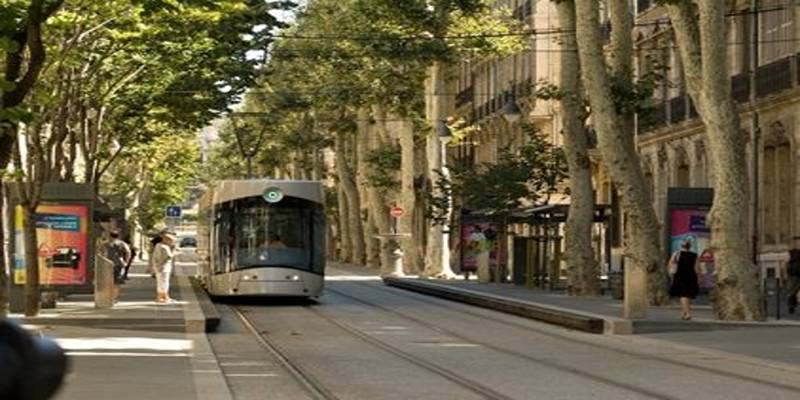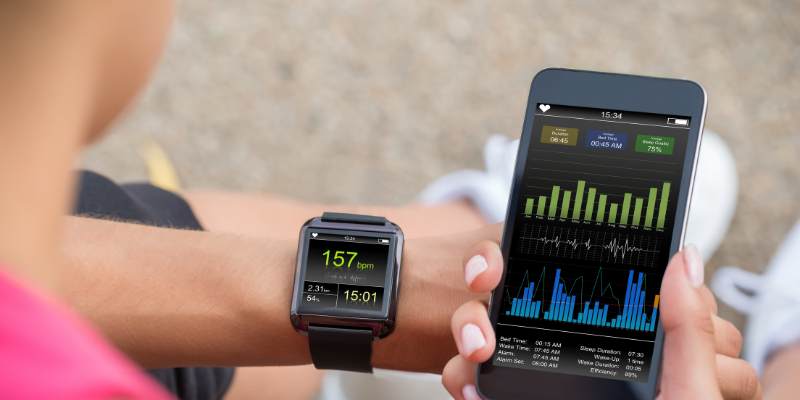Marseille, located on France’s southern Mediterranean coast, is a vibrant and sprawling urban destination. As the country’s second-largest city, it features a blend of seafront landscapes, modern neighborhoods, residential districts, and urban parks. With such geographic and cultural variety, getting around efficiently is key to making the most of a trip to this dynamic city.
Navigating Marseille doesn’t require a car, but it does require a little planning. From public transit options to walking routes, bike services, and coastal boats, there are several convenient ways to explore. This guide offers clear and practical advice on how to get around Marseille in a way that suits different travel needs and preferences—whether the goal is covering long distances quickly or simply taking in the sights at a slower pace.
Public Transportation: A Reliable Core Network

Marseille has a well-integrated public transportation system that makes navigating the city manageable and affordable. The system is operated by RTM (Régie des Transports Métropolitains) and includes metro, tram, and bus services, all functioning under a unified fare structure.
Metro
The metro consists of two primary lines—Line 1 (blue) and Line 2 (red)—that connect many of the city’s key areas. Line 1 runs east to west, while Line 2 travels north to south. The metro is generally clean, fast, and safe, and it operates from early morning until around midnight, with slightly longer hours on weekends.
Stations are well-marked, and signage is available in multiple languages. Most metro stops are near critical commercial centers, public squares, and transfer points for buses and trams.
Tram
Marseille’s tram network is another efficient way to travel, particularly above ground through the city center. The three tram lines—T1, T2, and T3—cover central and nearby neighborhoods, often passing through areas not served directly by the metro. Trams are especially useful for short-to-medium trips across surface streets.
Buses
The bus network extends to parts of the city that metro and trams don’t reach, including some coastal and hillside neighborhoods. Bus lines operate frequently during the day and less frequently in the evening. Buses are useful for connecting to beaches, viewpoints, shopping zones, and residential areas.
All RTM services share a single ticketing system. Tickets can be used interchangeably within 60 minutes on metro, tram, and bus routes, allowing seamless transfers between modes.
Ticketing and Pass Options
For travelers staying more than a day or two, purchasing a travel pass can be cost-effective and convenient. Ticket options include:
- Single ticket (valid for 60 minutes): Useful for quick, one-way trips
- 24-hour and 72-hour passes: Ideal for tourists planning multiple outings per day
- Weekly passes: Suitable for extended stays with daily transit use
- City Pass Marseille: Combines unlimited public transport with access to several local attractions and services
Tickets can be purchased at vending machines in metro and tram stations, RTM offices, selected newsstands, and through official apps. Digital versions are also accepted on mobile devices. All passengers must validate their tickets before or upon boarding. Failure to validate may result in fines during spot checks.
Walking Around the City
Walking is a convenient and rewarding way to see Marseille, especially in central districts. The Old Port (Vieux-Port) area, though bustling, is pedestrian-friendly and connects easily to nearby neighborhoods like Le Panier, Noailles, and the shopping areas around Rue Saint-Ferréol.
Seaside promenades and paved urban paths make it easy to walk for pleasure as well as transportation. From the port to beaches like Plages du Prado, walkers can enjoy views of the coastline with safe, flat walkways.
Although Marseille is a large city, many major attractions, parks, and squares are within walking distance of each other once inside the central area. That said, some streets are sloped or cobbled, so comfortable shoes are essential.
Biking and Shared Mobility Options
Marseille is becoming increasingly friendly to cyclists, with new bike lanes and bike-sharing programs in place to support greener travel.
Le Vélo
Le Vélo is Marseille’s city-operated bike-sharing service. It offers both short-term and long-term rental options and includes docking stations across the city. Riders can check out a bike using a kiosk or mobile app, use it for as long as needed, and return it at any station.
Short trips under 30 minutes are often free after a small initial sign-up fee. The service is popular with both locals and visitors looking for a flexible, low-cost way to travel medium distances.
Electric Scooters
Electric scooters from various providers are available for rent across Marseille. They can be found in high-traffic areas like transport hubs, shopping districts, and waterfront paths. They are app-operated and can be picked up and dropped off easily. Helmets are encouraged but not required, and scooters must be ridden in designated zones for safety.
Boats and Ferry Services

One of the unique transport features in Marseille is its public ferry boat service across the harbor. Small ferries operate seasonally from the Old Port to coastal locations like Pointe Rouge and L’Estaque. These boats provide both practical transport and a scenic view of the city from the water.
Operated by the same RTM network, ferry rides can be used with standard public transport tickets or passes. They run more frequently in warmer months and are subject to weather conditions.
Private boats and water taxis also offer tours and transfers to places like Îles du Frioul, a small archipelago off the coast. These are optional and primarily geared toward sightseeing rather than daily transport.
Conclusion
Marseille offers a diverse range of transportation options that make it easy to explore every part of the city. From quick metro rides and scenic ferry trips to walkable streets and eco-friendly bikes, the city’s transport network is designed to accommodate different preferences and travel needs.
By understanding how the systems connect and what areas are best explored on foot, travelers can navigate Marseille confidently and efficiently. Whether visiting urban markets, seaside parks, or residential neighborhoods, moving through the city is part of the Marseille experience—easy, accessible, and constantly changing with the rhythm of the Mediterranean.












